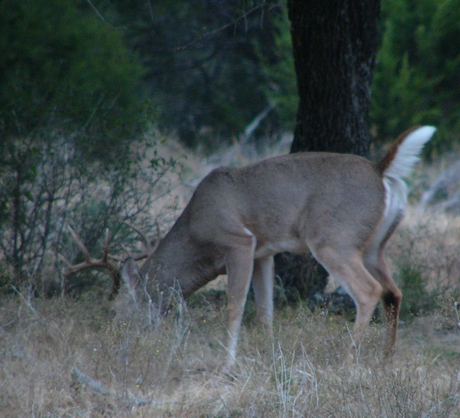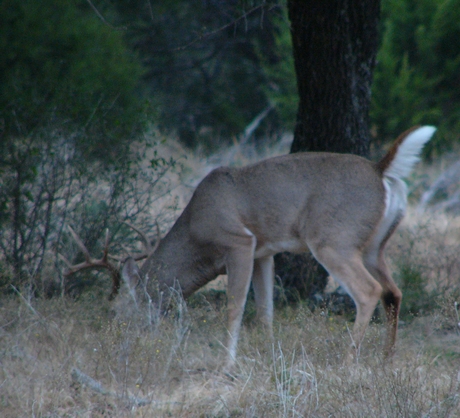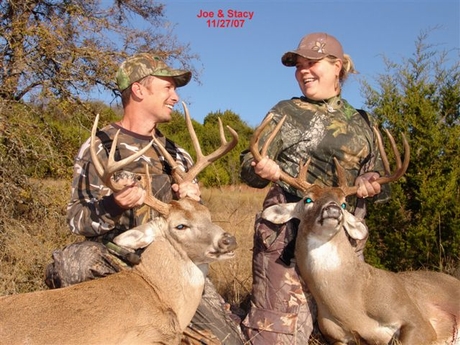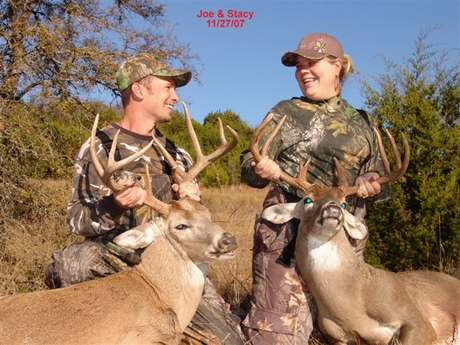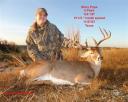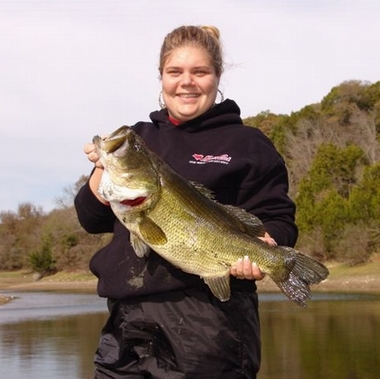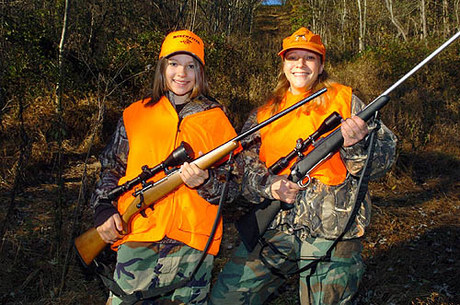
State wildlife officials are considering proposing hunting regulation changes that would benefit young hunters by reducing the minimum draw weight for bows used in hunting and dropping the minimum age for certification in the state’s hunter education program.
The modifications were part of a package of potential rules changes Texas Parks and Wildlife Department wildlife division staff are considering recommending for 2008. This month, wildlife division staff briefed the Texas Parks and Wildlife Commission’s regulations committee on the potential proposals.
Official proposals for changes in Texas hunting and fishing regulations will be announced in January. Any changes adopted would take effect September 1, 2008.
Texas is one of only 14 states where bowhunters are limited to using bows that have a minimum peak draw weight of 40 pounds; all other states with archery-only hunting seasons have lower or no minimum draw weights.
That 40-pound draw weight — basically, like lifting a 40-pound sack of sand with two fingers — was designed to limit archers to using only bows that wildlife managers figured produced enough arrow velocity and energy to be effective on white-tailed deer.
And the minimum, which has been in place for decades, applied to equipment used for bowhunting any game animal except squirrel.
But the draw-weight requirement meant a lot of young people and many women were shut out of bowhunting because they didn’t have the upper-body strength to draw a 40-pound bow.
Improved Technology
Today, with much advanced-technology archery equipment, bows with less than a 40-pound draw weight can be effective in some situations. Because of those changes in bow technology, and its policy of working to increase participation in hunting, Texas officials are considering lowering the draw weight requirement to 30 pounds, or maybe even eliminating it as have 15 other states.
“Lowering the minimum draw weight would increase (hunting) opportunity for young people and people with smaller frames,” Mike Berger, Director of the TPWD’s Wildlife Division told the regulations committee as he presented potential hunting regulation proposals for the coming year.
Big Whitetail Bucks Harvested in 2007
Increasing opportunity for young hunters is part of the reasoning behind TPWD staff considering proposing lowering of the minimum age for Hunter Education certification.
Currently, only persons 12 years old or older can receive certification for taking and completing the state-authorized Hunter Education course.
All persons born on or after September 2, 1971, and at least 17 years old are required to have taken and passed a Hunter Education course before they can legally hunt. A one-time, one-year Hunter Education exemption/deferral is available for $10.
Age Could Drop To 9
In Texas, hunters 12 to 16 years old are required to possess the Hunter Education certification if they are not under the direct control of an adult hunter.
People younger than 12 can take the state-recognized Hunter Education course, but can’t be issued the certification, which is valid for life.
TPWD is considering proposing to drop the certification age to 9 years, the same as the minimum age for the Texas Youth Hunting Program.
The bow draw-weight issue and the hunter education age requirement were the only two hunting regulation topics with state-wide implications presented at the regulations committee briefing.
Other than opening brief seasons for mule deer in five counties in the Panhandle, no other potential major changes in hunting seasons or bag limits or other hunting regulations for 2008 were offered by the wildlife division.
_________________________
By SHANNON TOMPKINS
Houston Chronicle

